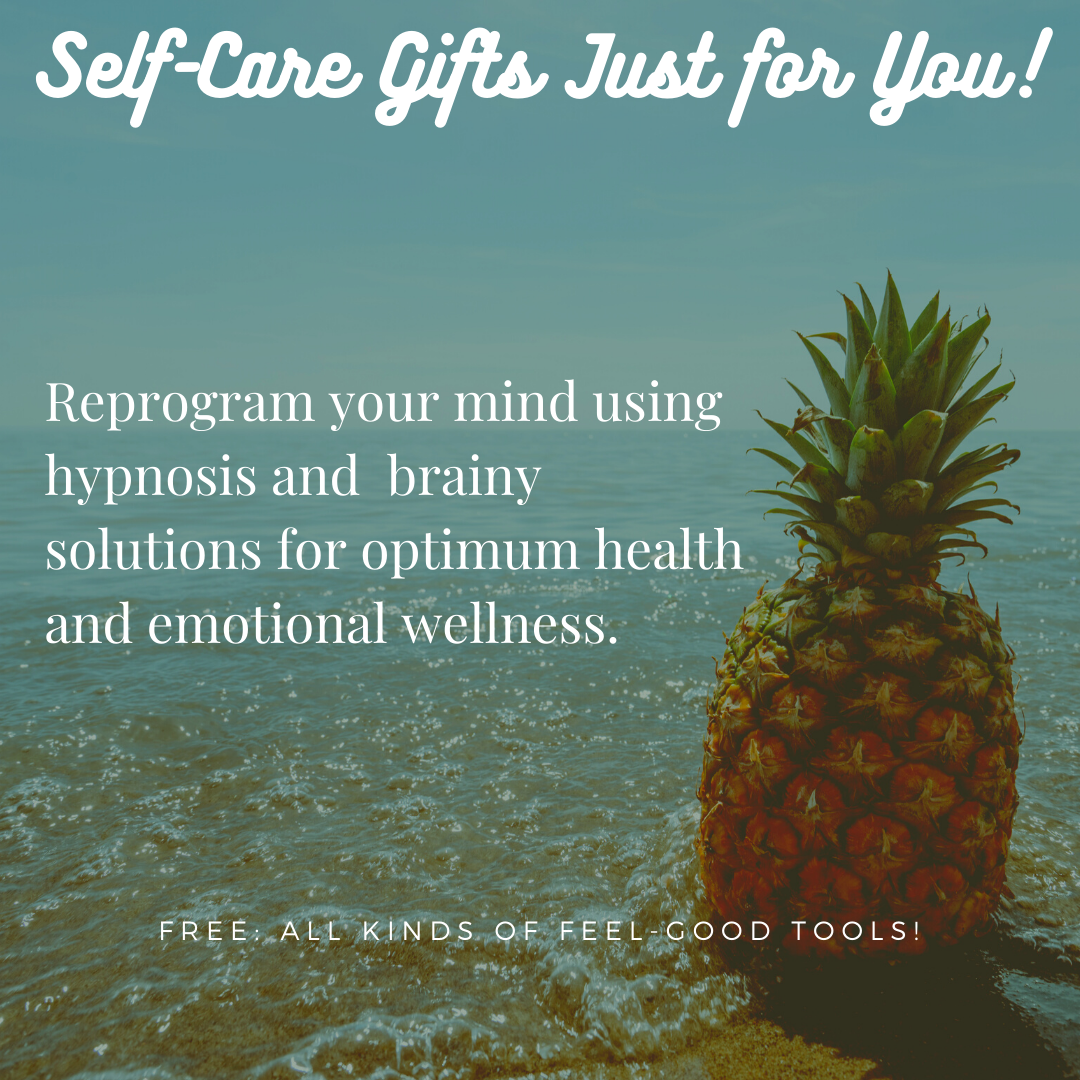How to Lessen Your Pain: 6 Tips to Use Right Now
How to Lessen Your Pain Like a Pro:
|
|
|
Pain relief is often associated with going to see a medical professional to get a prescription for chronic ailments.
The most intense pain I experienced was early morning following my shoulder “reconstruction.” I had completely blown out my shoulder and had rotator cuff surgery. My bicep tendon also had to be rethreaded. I was instructed to take a high-powered pain killer just before bed to help me deal.
Worried about becoming addicted, I decided to be cavalier and forego the pain killers. I hadn’t felt much pain because I was still enjoying the effects of the surgical pain killers. Big mistake. The “witching hour” arrived at 3 a.m. when my nerves decided to reboot.
For me, this pain was unequaled. I had trouble breathing and had to pace the floor because I couldn’t even sit. It felt like my shoulder was being crushed from the inside out – starting with the nerves. It was a revelation: I could utter obscenities in 14 different languages – all of which still began with the letter “F.”
The point is that there is a time and place for the acceptance of properly administers pain medication.
Often overlooked, pain can affect your mental health. Your mind can quickly be under assault. You may have feelings of anger, despair, losing control, decreased self-esteem, and perhaps an acknowledgment that you are not invincible.
But have you ever wondered if there was another approach to pain relief? I’m talking chronic pain relief – not post-surgical or emergency pain. Of course, consult your physician regarding what works best for you.
There are psychological and cognitive practices for minimizing and managing pain. Yes, the mind-body connection is real. When the body experiences pain, the mind experiences pain. When you are depressed, your body can feel pain. When you are in physical pain, you can become depressed. It is crucial that you allow this to sink in.
The following are important tools for how to lessen your :
Hypnotherapy: helps one process the fear and anxieties associated with pain. It relaxes the nervous system and helps you be less reactive to pain. You may still experience pain, but hypnotherapy can help you refocus your thoughts away from pain through guided imagery. Hypnotherapy can also prepare you to respond to future pain in a positive way.
Cognitive Behavioral Therapy: One on one counseling (Talk Therapy) with a professional to help you view your pain differently. The goal is to help you change negative thoughts and behaviors and to develop better coping skills. Yes, this can lead to pain relief.
Stress management: Your stress level affects your pain level. Reduce your stress, reduce your pain.
Life Adjustments: Consulting with an occupational therapist or physician can help you learn new ways to plan your day around your pain rather than with your pain.
The fact of the matter is we will all experience pain at some point in our lives. The important thing to remember is that there are productive and healthy approaches to pain relief. It is my sincere hope you consider these approaches.
I also hope you never have to scream bad words in 14 different languages at 3 a.m. If you must, set a new goal for 15.
|
Have you eaten recently? When we eat food, our bodies turn it into energy through the process of cellular respiration (I’m not being snarky, I’m being literal!). Don’t make your pain worse by adding fatigue, irritability. Eat something!
Are you sitting/lying down comfortably? Are you sitting so engrossed by this pain guide that you don’t realize you’re sitting weird on your foot and it went numb? Is there a proverbial pea under your mattress throwing off your alignment and making your pain 10 percent worse?
Start building awareness of what positions (and how many pillows) are most comfortable and sustainable for you. Always start with the basics when it comes to how to lessen your pain!
2. How to Lessen Your Pain: Myofascial Release
Fascia is “a band or sheet of connective tissue, primarily collagen, beneath the skin that attaches, stabilizes, encloses, and separates muscles and other internal organs.”
Myofascial pain is caused by “trigger points,” which are tender spots within the muscles. Trigger points hurt to touch and can cause referred pain all over the body. Doctors now recognize myofascial pain syndrome as its own disorder.
Myofascial release techniques apply direct or indirect pressure to trigger points, loosening them and easing muscle pain over time. While it’s often used in massage therapy, it can also be self-administered at home using foam rollers.
In a pinch, use your or a (close) friend’s hands. For now, there are great how-to videos on YouTube.
3. How to Lessen Your Pain: Get Moving
Multiple studies have shown that exercise can significantly reduce chronic pain, increase nerve function, and decrease neuropathy symptoms, and even reduce depression and anxiety that’s so common in chronic pain sufferers.
Exercise is perhaps the most important tool in reducing my daily pain. It was also the hardest to start doing.
When you’re in severe pain, exercise seems impossible. But it’s not! The key is to start slow, increase gradually, and respect (and accept) your body’s limits.
I started in January by walking around the block. By May, I averaged over three miles a day. Some days I did five miles, sometimes I can’t even do one.
If you’re ambulatory, start with short walks. Can you walk from your bed to your front door? Can you make it around the block? If you’re a wheelchair user, can you make it to the front door? Around the block?
I know it can feel insulting to be told to exercise when you’re in excruciating pain. I’m not saying it’s a magical cure, but it has the potential to really help. Why not find out for yourself?
4. How to Lessen Your Pain: Heat & Ice
Baths aren’t just for babies and fish, they’re also great for pain relief.
Heat helps pain by dilating your blood vessels, which increases blood flow to the area, helping your muscles and joints relax.
No bath? Take a shower! For localized heat, use an electric heating pad. No heating pad? Fill a sock with uncooked rice and heat it in the microwave in 30-second intervals until it’s the perfect hot-but-not-too-hot temperature.
Heat is generally indicated for muscle pain, while ice is recommended for reducing swelling or temporarily numbing pain from acute injuries. I like this handy hot/cold guide from the Cleveland Clinic. Experiment with both and see what helps your body.
5. How to Lessen Your Pain: Meditation
Stress and anxiety can have an effect on the immune system, adrenals, and blood pressure. This tends to amplify and increase pain, creating a vicious cycle of ever-increasing stress and pain.
Closing your eyes and focusing on your breathing for 10 minutes does wonders to calm down your nervous system and regulate your blood pressure, which may translate to reduced pain.
Most of us spend the majority of our time in front of screens. Don’t you deserve a 10 minute break to just… be?
6. How to Lessen Your Pain: Distraction
So you’ve tried all of the above (or you’re not able to try any of the above) and your pain is still bad enough to distract you. So let’s distract you from your pain!
If you’re in an analog mood, try a book or a jigsaw puzzle. But, that might be too painful. Thankfully, we have the internet. I maintain a Tumblr only for following cute animal pics and funny memes. Binge a trashy TV show or a brilliant one.
The internet is your oyster. May you find your pain relief pearl.



